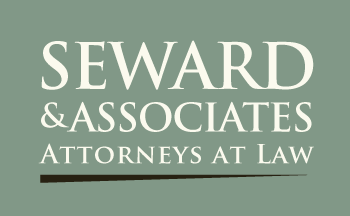No one needs to be told this, as it may be the most obvious statement ever made: the mortgage industry, the real estate market and the United States economy are all in crisis-mode. Home values are down, people are underwater on their mortgages, foreclosure numbers are skyrocketing, the unemployment rate continues to rise, and there does not seem to be an end in sight. So what is being done by the government to punish the nation’s three largest mortgage companies for failing to comply with the current federal foreclosure-prevention effort?
Here’s a start. Effective immediately, the Treasury Department will temporarily withhold payments to the nation’s three largest mortgage companies for failing to comply with President Obama’s foreclosure-prevention effort. The big three is made up of Bank of America, Wells Fargo and JPMorgan Chase, which collectively service about half of all home loans in the United States. The big three are facing this punishment because of a track record of abusing homeowners and violating the rules of the Making Home Affordable (MHA) program. This foreclosure prevention effort aims to lower monthly payments, reduce loan balances and enable distressed borrowers to sell their homes before they’re seized. The big three is compelled to offer these options to homeowners because the program awards a series of incentive payments to banks, investors and homeowners when foreclosures are averted.
Cumulatively, the big three received $24 million in government incentive payments last month. Last quarter, the three financial behemoths collectively reported about $11.4 billion in net income. The remaining six of the 10 largest mortgage companies that were audited were found to need moderate improvement. None passed with flying colors. As for the results of audits conducted on the big three, here’s how they graded out:
- Bank of America, the worst performer, was found to have poor internal controls for identifying and contacting homeowners.
- JPMorgan improperly calculated the incomes of nearly a third of borrowers when it was trying to determine their eligibility for the program — more than six times the limit.
- Wells Fargo had poor processes for determining borrowers’ eligibility. Its income error rates were also more than five times the Treasury Department’s max.
The Treasury Department first identified the non-compliances of the big three in November 2009, and warned that those institutions that failed to comply would face monetary penalties. But the punishment that has been so long in coming may prove to be short-lived: the Treasury Department will return the money they’re withholding from the three banks once they make the needed improvements.
Today, with the big three failing to comply with foreclosure-prevention policies, more homeowners have been kicked out of the program than are receiving assistance. Nearly half of those homeowners face foreclosure proceedings, are in foreclosure, or have lost their homes. Many troubled homeowners were denied opportunities to lower their monthly mortgage payments due to servicer errors and inadequate oversight of servicers by the Treasury Department.
Jared Bellum is a contributing author to this blog and has been admitted to practice law in the state of Washington. He practices in the fields of bankruptcy, business start-ups, and estate planning. JD Bellum, Attorney at Law, PLLC works in association with the Law Offices of Richard D. Seward.
